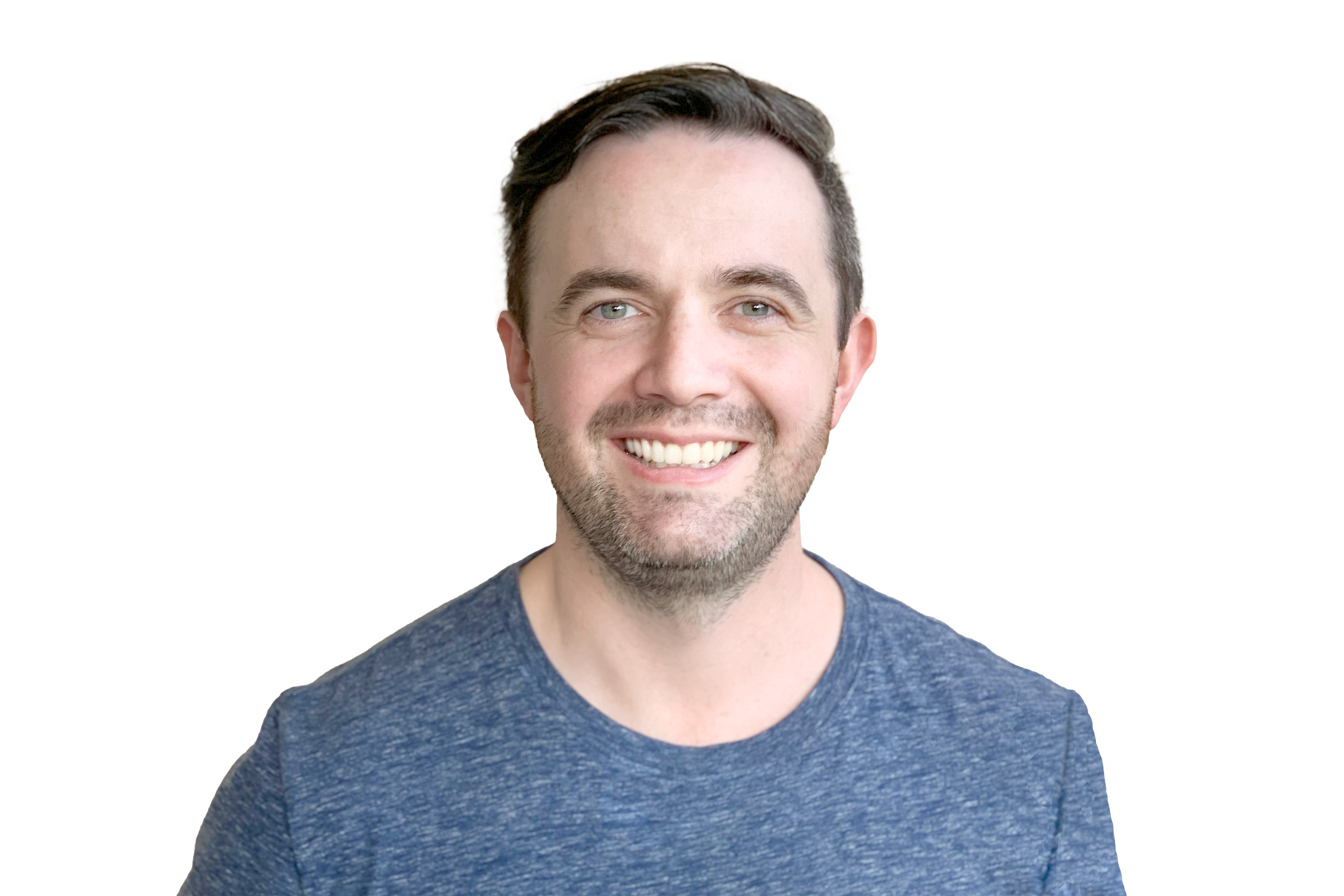Having been plunged into lockdown in response to the COVID-19 pandemic, it’s fair to say that my plans for 2020 have been disrupted.
As someone who always looks for silver linings, through the transition to remote working I have already had over 150 hours of time returned from no longer having the daily commute (not to mention the saved cost, and environmental benefits).
In a world where many seem to be trying to rush back to “normal”, I’ve instead used this time to take a moment to reflect about what parts of “normal” are worth rushing back to. The commute is certainly one of those areas I won’t be rushing back into…
Roadmap to Recovery and Regeneration
As a reinvestment of some of the saved commute time, I was delighted to be invited to contribute to the Roadmap to Recovery and Regeneration Framework. This framework, in development by the Griffith Centre for Systems Innovation, is intended as a starting point for designing interventions in response to the world we find ourselves in.
The Griffith Centre for Systems Innovation, in collaboration with numerous Griffith University staff, and 20 MBA students and alumni each came together for a series of co-creation workshops; each bringing their unique skills, knowledge and perspective to the work.
Across the series of workshops, discussion and idea generation was focused on each of seven ‘domains of action’ that are detailed in the framework. Success for the working group and the framework is the enablement of “...pandemic recovery that fosters a thriving economy and creates well-being for people, places and the planet.”
While all of the ‘domains of action’ resonated with me, my mind is specifically consumed and inspired to consider the role that I can play in shaping the “new normal”.
We need to enable bottom-up action
Australians have come together in creative and innovative ways in response to the COVID-19 situation, similar to what we’ve seen in the past when impacted by bushfires, floods, and cyclones.
I have watched – often in awe of – individuals, groups and communities coming together, to respond to the needs, challenges or opportunities that they see.
We need to find ways to help rally behind individuals, teams and communities who have a passion, rather than bury them in red tape. We need to celebrate and leverage success stories, and nurture and grow them to create programs that can support recovery at scale.
Providing pathways for those with knowledge, skills and energy to contribute to ecosystems of innovation is key; avenues that connect those with needs with those who have the ability and desire to build and fund solutions.
Make sure products, services and solutions are sustainable and take a long-term view
As someone who has worked with many businesses to deliver human-centered innovation, I have guided teams to look for innovations that find balance between desirability, viability, and feasibility.

We are fortunate to live in a time where new technical capability and solutions becoming increasingly available to support products, services and solutions. These new technical capabilities can facilitate outcomes that deliver meaningful impact and return in more cost-effective ways; It is easier for ideas to meet viability and feasibility criteria.
On face value, this means that desirable products, services and solutions materialise; however, in the world we find ourselves in perhaps it is time to introduce more idealism into our decision making. It is the responsibility of everyone involved in bringing products services and solutions to market to ensure that just because we can do something, that we are also comfortable that we should do it.
We need to push our frames of reference further, question more, and embrace rigorous debate which encourages a longer-term view, and considers the broader implications of innovative solutions not just for people, but also places and planet.
Build greater empathy for disadvantaged groups to deliver more equitable outcomes
Early data on the impacts of COVID-19 shows that many of the people being hardest hit by the pandemic – both medically and economically – are those that were already ‘disadvantaged’.
If those with privilege build empathy and understanding for those in a more disadvantaged position, we can look for opportunities to prioritise recovery efforts to work ‘disadvantage out’ of the solutions that we promote. The win-win position that we must seek is solutions which expedite local and national recovery while also fostering approaching which deliver more equitable outcomes.
Design thinking methods provide the mechanics for how we can build this empathy and understanding; however, a willingness to open our eyes, our mind and our hearts to someone who experiences things differently than ourselves is where we must begin.
Where to next?
I’d invite you to pause, and take a moment to consider, what challenges and opportunities the “new normal” will bring? And what contribution will you make to foster a thriving economy and create well-being for people, places and the planet?
We all have a part to play, and a contribution to make.
For more information
The Roadmap to Recovery and Regeneration project is designed to foster co-creation and drive an agenda of recovery and regeneration. The goal is to support innovators and decision makers by opening up potential approaches they might explore, adapt or use to generate better outcomes for people, places and the planet.
Meet the author
Rod Netterfield (Class of 2011)
Over the past 10+ years, Rod has been embedded in a variety of mid-tier and large global organisations leading customer experience strategies and functions to uplift capability and improve delivery across brands, products and services. Rod brings together individuals and teams. Using the power of design thinking mindsets and methods, he supports the conversion of customer insights into innovative solutions. Through using a human-centered approach to innovation, the delivered solutions deliver meaningful and sustainable impact and results.
